Showing all 10 resultsSorted by popularity
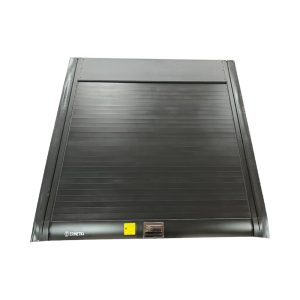
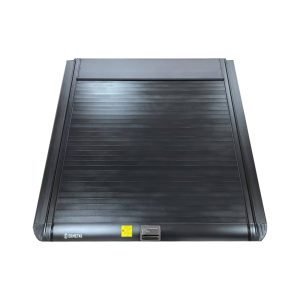
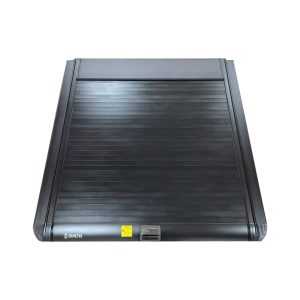


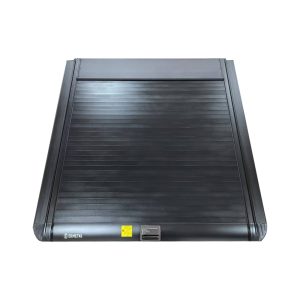

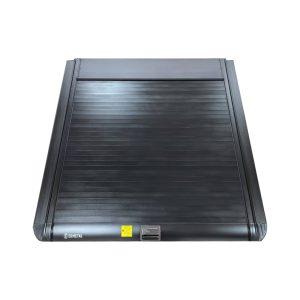
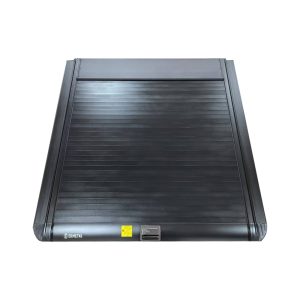
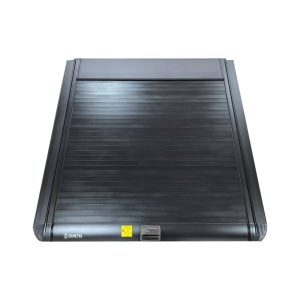
Need secure yet flexible protection for your truck bed? Install a roller lid now at KGCAR.PH, the Philippines Online Auto Parts Store. A roller lid—also known as a roll-top cover—is a retractable bed cover that provides weather protection and cargo security without sacrificing full bed access. Typically made from interlocking aluminum slats or reinforced polymer, a roller lid rolls neatly into a compact canister near the cab when open. When closed, it locks in place to deter theft and shield cargo from rain, sun, and debris. Over time, seals can wear, rails can jam, or the rolling mechanism may stick if not properly cleaned and maintained.
A roller lid doesn’t have a fixed replacement schedule, but regular inspection is important. Replacement or repair is usually needed when:
Routine cleaning and lubrication of rails and seals can extend a roller lid’s service life.
Roller lids must be matched precisely to your truck’s bed size and design. Choose a roller lid based on your main use:
| Vehicle Use | Recommended Roller Lid Type |
| Daily hauling | Standard aluminum roll-top with manual latch |
| Frequent loading/unloading | Quick-release or remote-controlled electric roller lid |
| Heavy security needs | Reinforced aluminum with multiple lock points |
| Stylish upgrade | Matte black or color-matched lid with integrated rails |
| Work use | Roller lid with integrated cross bars or rack system |
Make sure your chosen lid is compatible with existing bed liners, sports bars, or roll bars if you have them.
A malfunctioning roller lid can reduce weatherproofing and compromise bed security. Signs it’s time for maintenance or replacement include:
Ignoring these signs can lead to more costly repairs or loss of cargo protection.
Roller lids differ in construction and features to match varying user needs:
Mechanism: Hand-pull with latch system
Pros: Reliable, lower cost, no wiring needed
Cons: Requires manual effort to open/close
Mechanism: Powered retracting with remote or dashboard switch
Pros: Convenience and smooth operation
Cons: Higher cost, wiring and battery drain considerations
Material: Interlocking powder-coated aluminum
Pros: Strong, weatherproof, highly secure
Cons: Heavier, can dent if misused
Material: Polymer-coated aluminum or composite slats
Pros: Lightweight, corrosion-resistant, smooth rolling
Cons: Slightly less impact resistance than full aluminum
Proper fitment ensures smooth operation, full weather protection, and bed security. Always match:
A poorly fitted roller lid can leak, jam, or fail to lock properly.
Since 2012, KG Car PH has been the go-to for affordable car parts in the Philippines. We make it easy to find the right fit and offer same-day delivery nationwide—so you get quality parts fast, without spending more.
SOCIAL MEDIA
TOP CATEGORIES
QUICK LINKS
HELP
support@kgcar.ph
© 2025 KGCAR.PH